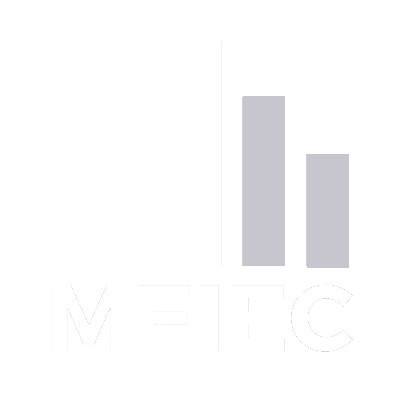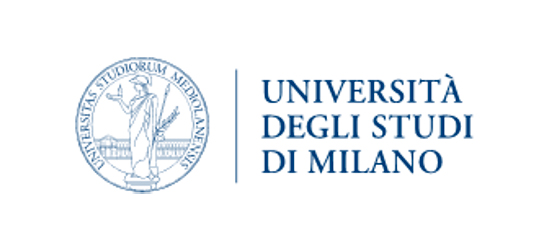
Andrea Bastianin, University of Milan
Paolo Castelnovo, University of Insubria
Lorenzo Zirulia, University of Milan
Being an industrial partner of CERN is a driver of development, fostering the patenting activity of companies in a persistent way. This is the finding of our study (“The impact of innovative public procurement on technological entry and innovation persistence: evidence from CERN”), available in full at this LINK.
Active policies to stimulate innovation are widely used, given the recognized importance of innovation for the growth of firms countries, regions and sectors. One widely used tool is public procurement for innovation, often led by large-scale research infrastructures, of which CERN is one of the most prominent examples. The investments required by these infrastructures are large, making it crucial to assess their impact. Two factors play an important role in deciding which infrastructures should be funded: scientific evidence about their discovery potential and the societal benefits they produce. Among these, the spillovers of innovation on the companies that collaborate with the infrastructure are one of the most frequently cited social benefits.
Participation in public procurements, such as those initiated by research infrastructures, offers companies the opportunity to showcase their innovative products and services to a wider market. Second, successful contracts can serve as a valuable reference, attracting new customers and investment and ultimately fostering business growth. Finally, public procurement can mitigate the risks associated with innovation investments by providing a stable and predictable market for innovative products and services, as firms are more likely to take risks and invest in innovative technologies when they have a secure public buyer.
In our work, we focused on firms involved in the construction of the Large Hadron Collider, the world’s largest and most powerful particle accelerator, and their patent activity as a measure of innovation. Specifically, we looked at firms that had not yet patented before they began working with CERN, estimating both the impact of CERN procurement on their likelihood of filing a patent for the first time and the likelihood of continuing to do so, through two econometric survival anaysis models.
In our sample, 158 firms from 1995 to 2008 filed their first patent after the start of their collaboration with CERN; among them, 95-or 60 percent-filed at least one other patent subsequently. Our analysis shows first of all that the probability of firms beginning to patent increases, albeit with a delay of several years after the start of the contracting relationship with CERN, and this positive effect is mainly due to the impact on small high-tech firms; that is, the very firms to which the scientific literature attributes a crucial role in the process of “creative destruction” that underlies the innovation dynamic. Second, by examining the probability of firms filing at least a second patent, we show, on the one hand, that the majority of firms in our sample continue to innovate, and thus the impact of collaboration with CERN is persistent; and, on the other hand, that this effect is mainly driven by larger firms, i.e., those firms that have the organizational and financial resources at their disposal to make innovative activity non-sporadic.
Our work, by measuring the impact that becoming an innovative supplier to CERN has in facilitating the development of new ideas and patent activity, testifies to how collaboration between research infrastructures and businesses can be truly virtuous. Continuing to evaluate similar experiences and realities could be useful to decision makers and policy makers in devising measures to foster innovative business development. It is precisely in order to foster dynamics of this kind, for example, that EU and national legislation contemplate so-called “innovative procurement”; these are procedures designed ad hoc to revolutionize in an innovative way the methods and object of purchases by public administrations starting from a challenge to the market hinged on their needs, around which interested companies can develop and propose solutions.






